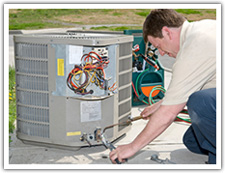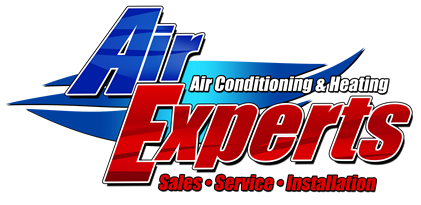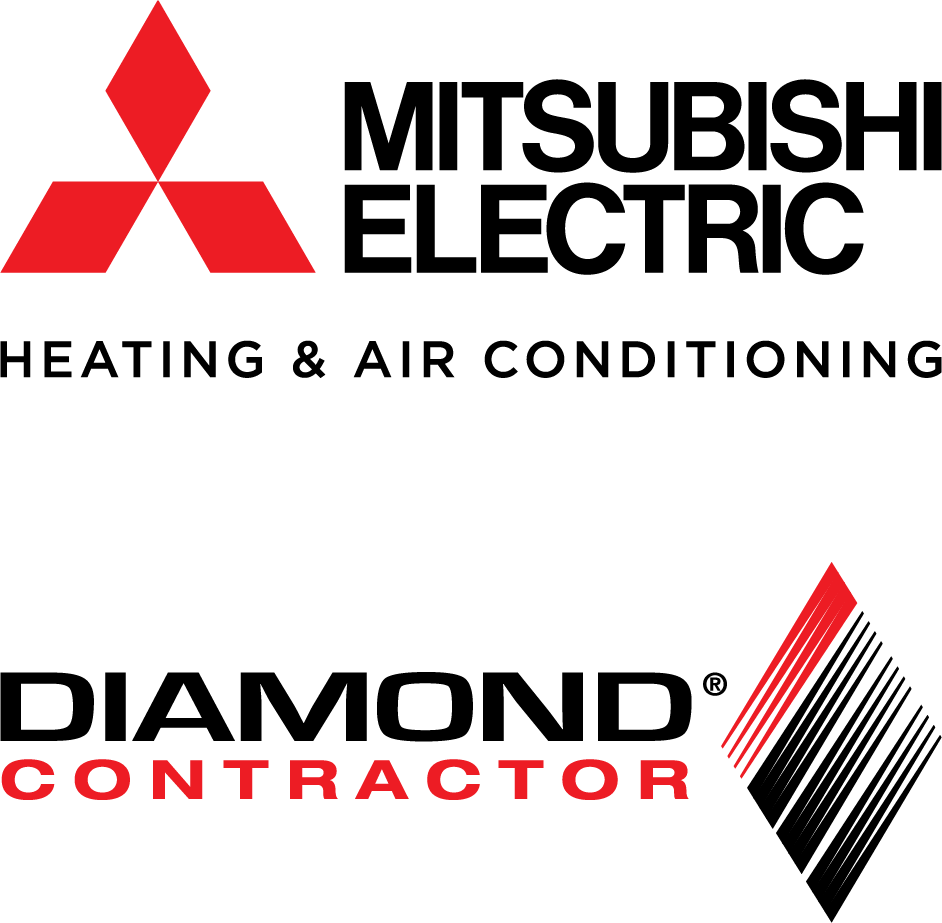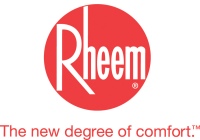Central Air Conditioner Replacement
If you're considering replacing your central air conditioning system – or if your Air Conditioning Company has told you that you need to replace your A/C - the first thing you should know is that "replacing" can mean many different things. Sometimes, other A/C Companies will tell you they're only going to replace your Condensing Unit (Outdoor Unit), or only your Air Handler we have found over the years this is a bad practice. The first issue is most manufacture companies won't warranty the new part or if they do it's only for half the time of their normal warranties. The second issue is mix matched unit tend not to work well with each other and can cause all sorts of issues. It is always best to replace the whole system, which is far less costly in the long run.
Let’s take a minute to review how your air conditioning actually works. Your air conditioning system draws the heat out of your home and dumps it outside. This is done by using two separate components, one outside the home and one inside the home. The cold indoor coil that does the cooling is called the evaporator, while the hot outdoor coil that dumps the heat outside is called the condenser.
A pump, called the compressor, moves a heat transfer fluid (or refrigerant) between the evaporator and the condenser. The pump forces the refrigerant through the circuit of tubing and fins in the coils which leads to the cooling. The air in your home is circulated by a blower motor which is housed in a fan that pulls air over the coils and pushes the cool air throughout your home Voila, you have a cool house.

So what could break? What does it mean when you need to “replace” your A/C? In most cases it simply means replacing the outside condenser. However we here at Air Experts frown upon replacing only just the one component due to the above mentioned issues. It may seem like a cheap cost up front but down the road it could lead to you to having more services calls and more than likely the other component will have to be replaced anyways.
When replacing A/C equipment the most important metric you want to use is the Seasonal Energy Efficiency Ratio (SEER2). SEER2 indicates the relative amount of energy needed to provide a specific cooling output. Many older systems have SEER ratings of 6 or less. The minimum SEER2 allowed today is 14.3, but consider using air conditioning equipment with higher SEER ratings for greater savings. Frequently, there are tax credits or other incentives for equipment with a SEER2 rating of 15 and above. Ask us about FPL rebates that could help you save.
Even if you discover that it's time to replace your entire system you have options. This could be an opportunity to completely reengineer the biggest energy hog in your house, your HVAC system, which accounts for up to half of all your energy use. Under these circumstances you may want to investigate renewable energy sources, such as solar and geothermal, to provide the power for your heating and cooling needs. Again, you will find generous rebates and tax incentives for these "thinking big" alternatives..






